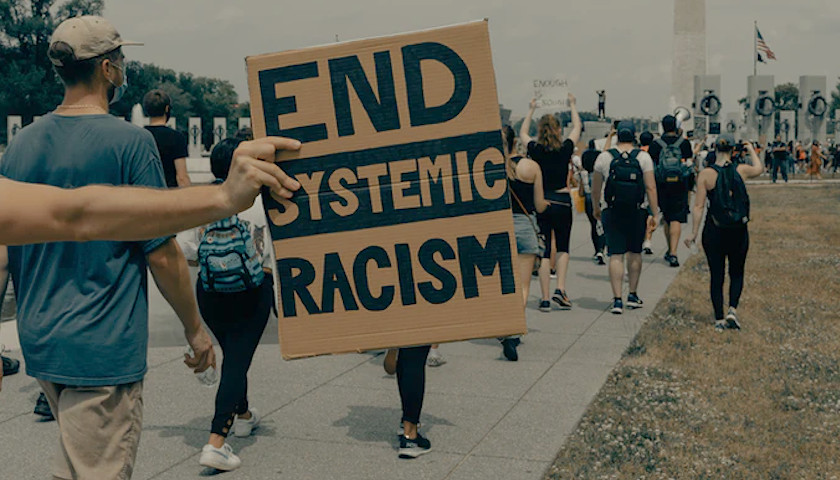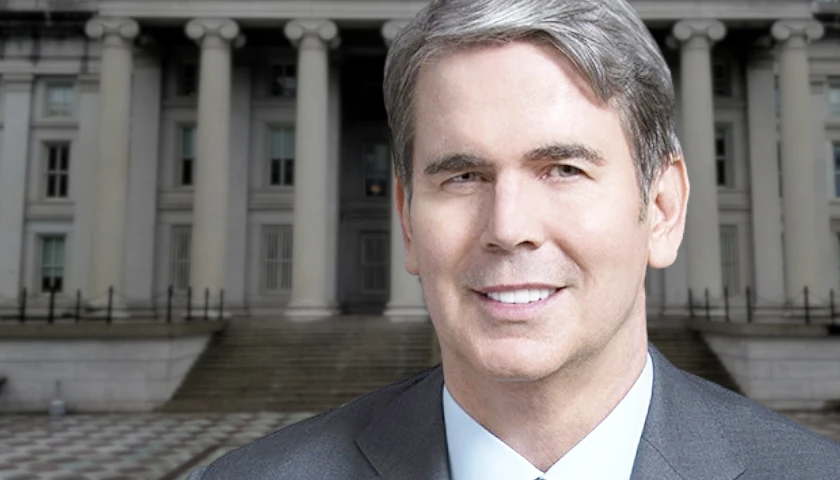by Curtis Ellis
Who would have thought the Gates Foundation would endorse tearing down statues of Christopher Columbus, Ulysses S. Grant, George Washington, and other dead white men?
Sure, you won’t find “mob violence,” “vandalism,” or “destruction of public property” in any grant applications, but the paroxysms of rage racking our country and the desire to rip racism from America by root and branch is the end-product of Big Philanthropy’s governing ideology.
To understand why, you have to know the difference between charity and philanthropy.
When a charity sees a hungry widow and her toddler daughter, it buys food and gives it to them. Save-a-Soul Mission would offer a sermon with the soup but that was pretty much the end of it.
When a philanthropy sees a hungry widow and child, it pays 1,800 overeducated, post-graduate credentialed, deracinated, privileged children of the elites to study crop yields, food distribution patterns, income inequality, demographic trends, and to design and implement a comprehensive 600-page program using the most sophisticated computer models to predict what will absolutely, certainly, definitively eliminate poverty. In the meantime, it will place the widow’s child with foster parents of better means and provide a micro loan to develop the mother’s entrepreneurial superpower.
Where charity seeks to feed the hungry, scientific philanthropy seeks to eliminate the causes of hunger. The charitable impulse says if you save one person you have saved the world. The philanthropic impulse says system-wide change will be the salvation of humanity.
Asked why it hadn’t given to the homeless camped in front of its $500 million headquarters, a Bill and Melinda Gates Foundation spokesperson said, “We’re trying to move upstream to a systems-level to either prevent family homelessness before it happens or to end it as soon as possible after it happens.”
This impulse “to identify an underlying cause” has become a reflex among our governing classes. This explains why some look at a nine-minute video and see incontrovertible evidence of “systemic racism”—something that requires the wholesale transformation of society—rather than evidence of one incident of wrongdoing. There must be something “upstream” of the horrific spectacle that needs to be fixed at the “systems-level.”
We saw the upstream tropism at work when the Obama State Department declared “we need to go after the root causes that lead people to join” ISIS, “whether it’s lack of opportunity for jobs” or poor governance. “We cannot kill our way out of this war,” they believed, as if only an unsophisticated simpleton would consider winning a war by killing the enemy.
Big Philanthropy and Big Government: Partners in Technocracy
Big Philanthropy’s rise coincided with the rise of the Progressives and the mindset of scientific philanthropy has much in common with Progressive ideology. They share a belief that technology, centralization, and rationalism can be deployed by specially trained technocrats to guide the world to perfection. Sociologist James C. Scott describes it as, “a supreme self-confidence about . . . increasing control over nature (including human nature) commensurate with scientific understanding.”
Big Philanthropy works in partnership with Big Government. The nonprofit sector provides a proving ground for programs the state then brings to scale. Government is the biggest nonprofit of them all.
The Progressives’ and philanthropy’s belief in technocratic solutions—the notion that the principles of efficient industrial engineering can be applied to society—gave rise to numerous social engineering experiments.
To save children of indigent Catholics from poverty, reformers would remove children from their parents and send them to be raised by Protestant families in the Midwest. The child-saving zealots moved on from Catholic families to the native inhabitants of the United States, Canada, and Australia. It was hubris and condescension, not racism, that drove them.
Those earlier reformers’ readiness to tear apart families has an analog in today’s Maoist activists who announce their intent to “disrupt” the nuclear family. We can’t let something as backward and primal as human instincts get in the way of a new and improved social order.
Against Busybody-ism
The millennialist mindset of Big Philanthropy and its fellow travelers leaves one susceptible to any world-saving scheme that comes down the pike, whether it be socialism, eugenics (another favorite of the early Progressives and philanthropists), prohibition or one-world-ism.
Eliminating systemic racism, including the elimination of the American nation and the nuclear family as we know it, is the latest in a long line of irrational projects Americans have signed on to in the name of scientific and technological rationality.
But it makes sense that liberal reformers would see America is irredeemably flawed, though not for the reasons they say. It has nothing to do with racism, be it systemic, entrenched, unconscious or otherwise.
The political philosophy governing America is Leave-me-alone-ism, and that, at its root, is antithetical to busybody reformers who want to get in everyone’s business with grandiose schemes to remake the world.
– – –
Curtis Ellis is policy director with America First Policies. He was also a senior policy advisor with the Donald J. Trump presidential campaign in 2016.




